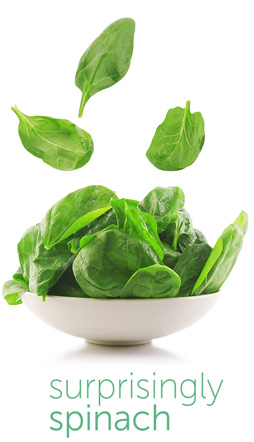Second only to water, tea is one of the most commonly consumed beverages worldwide. For centuries, its medicinal benefits have been celebrated for treating everything from headaches to infections. Black, green, white and herbal teas are the most popular varieties. With the exception of herbal teas, all tea comes from the Camellia sinensis plant. The variety of tea leaf, how it is processed, cut, brewed or steeped all affect the levels of caffeine. Black tea contains the most, followed by green tea and white tea. Even decaffeinated varieties can contain trace amounts of caffeine. Only herbal tea is caffeine-free.
Science continues to substantiate the healing and nutritional properties of tea. There is growing evidence that tea offers cancer-fighting abilities, reduces the risk of heart attack and stroke, lowers cholesterol levels, boosts the immune system and increases mental clarity. Tea is full of antioxidants known as polyphenols, flavonoids and catechins which help prevent free radical damage that can lead to heart disease and cancer. Powerful stuff for a simple cup of tea!
Tea-riffic tips – Flavor and scent are critical to tea lovers. Flavor can be altered by adjusting the steeping time – the longer it steeps, the stronger the flavor. If you steep tea too long, it may become bitter.
Scent is also a critical part of the tea-drinking experience. A tea’s scent may be impacted by the ancient Chinese tradition of blending flowers like jasmine or orchid with traditional teas. Sip and sample a variety of aromatic blended teas, and discover those you like best.
Last but not least, always make sure to brew your tea with quality filtered water – it guarantees optimum flavor.
Black tea – Seventy-five percent of all tea grown is processed to make black tea. It can have a strong bitter flavor which only gets stronger the longer it steeps. Black tea may assist in lowering cholesterol, which is good for the heart. Medical research suggests that black tea helps to regulate blood sugar, lower blood pressure and keep the blood vessels soft because of the caffeine. Black tea has also been linked to the promotion of healthy teeth, skin and bones.
Green tea – Green tea’s light grassy flavor comes from being dried and steamed. It is rich in EGCG complex (a type of catechin), which is good for metabolism. It also has polyphenols for cancer prevention. Green tea boosts the immune system, helps regulate blood sugar, aids in detoxifying the body, and also promotes healthy teeth, skin and bones.
White tea – Taken from the youngest leaves of the Camellia sinensis, white tea offers a treasure-trove of health benefits. It is high in antioxidants, aids in cleansing and detoxifying the body, helps fight cancer, increases your metabolism, and has even been known to enhance one’s complexion with its ability to reduce fine lines and wrinkles. It comes as no surprise that at one time, restorative white tea was reserved strictly for Chinese royalty.
Herbal teas – Herbal teas can be made from most plants, and from any part of the plant, including the roots, flowers, seeds, berries or bark. Chamomile, mint and jasmine are some of the most popular herbal teas. Most herbal teas are believed to be good for relieving mild to moderate ailments such as upset stomach, sore throat, coughs, stuffy nose and insomnia.




 And Other Power Foods >
And Other Power Foods >